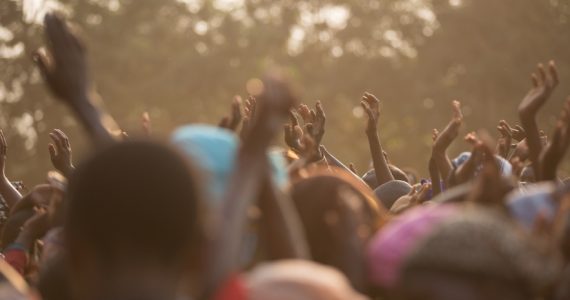
Breaking Down The Basics Of Biometric Passports
Biometric passports began over a decade ago. While only 60 countries used them in 2008, there were twice as many in 2017. Read along to discover what biometric passports are and how you can benefit from them.
At first glance, this type of passport does not differ from a regular one. You may not even be aware that you have already been using it. Perhaps you’ll also be surprised to know that biometric passports have been in existence in Slovakia for over 10 years. Question is, do you know how they work?
You can very easily tell if you have a passport with biometric identification. Each biometric passport has a chip symbol at the bottom, which is its most important component.
Where does a biometric passport store my data?
A biometric passport has a number of components. A plastic card is its main part. It contains all common identifiers (name, surname, address, birth number, etc.). When you look closer at it, you will notice that the photo of your face is in black and white, printed on the card. It is created by laser engraving and cannot be removed.
On the right side of the card, there is a small rectangular protrusion with a miniature image of your face and a number shown. An RFID chip is stored there, containing your biometric and control data to ensure the integrity of the information. Most often, it is a digital map of your face, but your fingerprints or iris scan can also be stored there.
A biometric passport uses contactless scanning technology, like ATM cards.
Is my data safe?
Biometric passports have been introduced to protect personal data and identity. Although it is possible to detect the chip on the card at a distance of several meters (to determine whether the card contains a chip), it is only possible to capture the data after opening the passport and card reader. The maximum scanning distance is 10 cm and, moreover, falsifying biometric data is extremely technologically challenging.
It is also difficult to store the verification data on the chip so that it looks plausible. Biometric passports are used to identify so-called Public Key Infrastructure (PKI), where a digital certificate (also called an encryption key) is issued by a certification authority.
In case of counterfeiting, the key would either be invalid or not issued to identify counterfeit data.
The chip data is also protected by other methods. Typically, it is passive verification that reveals changes in biometric data on the chip. It is the hash value of all data electronically signed by the signing key of the country where the passport was issued. If the image on the chip is changed, the hash value will not fit. It will show that the data was falsified.
In addition, in the European Union, the use of so-called Extended Access Control (EAC), which adds chip and reader authentication, is mandatory. This means that only a chip that is genuine can be read, and the reader must be certified and approved to read this data. Also, stronger data encryption is used. EAC’s task is to protect sensitive data, including fingerprints and iris images.
Other optional methods may also be used to prevent or detect attacks, such as portable channel encryption, preventing private key cloning, etc.

How does authentication work?
Automatic biometric passport identification is simple and only takes a few seconds. If you have never tried to go through an automatic gate at the airport because you don’t know what to expect from the process or you’re simply worried you can’t, you do not have to. If you’re unsure how to proceed, do the following:
Insert the plastic card into the reader and look at the camera. The reader scans the card and the security system checks the security features. It instructs the optical data reader to read the chip on the card and verify again that the data is authentic.
If everything is fine and the document is genuine, the face identification system scans your face, verifies biometric data, and checks if you are on a wanted list. After successful authentication, they will let you go through.
Biometric passports around the world
Biometric Information Authentication Technology has found its way into different and exotic countries. Innovatrics’s AFIS technology has been successfully used, for example, in Peru, where it helps prevent fraudulent passport transaction as well as identity theft.
The airports of Rome and Naples, in turn, use both of our technologies. Facial Recognition Technology confirms that the passenger is the passport holder, while Innovatrics AFIS technology was built to add an additional level of security when needed.
Even the tiny African state of Djibouti is modernizing. Our AFIS system is part of their multimodal biometric document issue and control system.
Biometric identification has experienced tremendous growth over the past 10 years, and Innovatrics has more than 500 successful projects in 80 countries around the world. Stand up and face the future, and help make a safer tomorrow.

